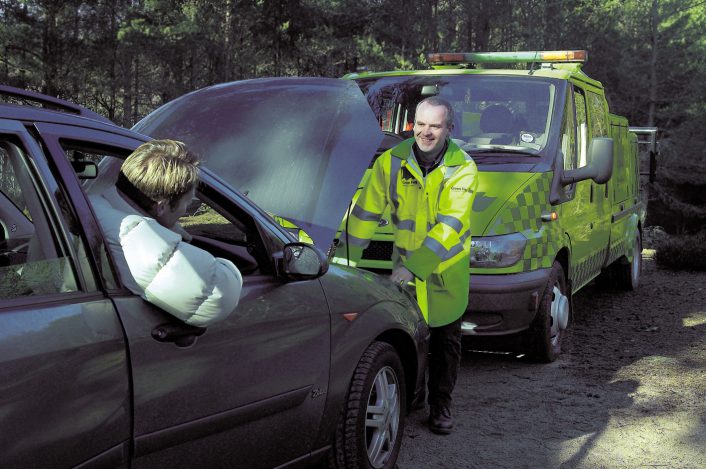
A car doesn’t have to have been completely submerged or washed away by a river to be so seriously damaged it’s beyond repair. Fortunately there are ways to tell whether a car has been damaged by flood water. And with flooding frequently affecting many parts of the country, hundreds of cars can suffer water logging.
As many as 70 per cent of flooded cars are written off by insurers. Rather than being left out of pocket (as the pay-out is typically less than a like-for-like replacement would cost), car industry experts believe many owners will try to shift their cars onto unsuspecting buyers.
Alan Cureton, Manheim auctions’ dealer sales director said: “We already know that some less-damaged vehicles are being offered for sale. Car buyers should be extra cautious about water damage over the coming months.”
To the unwary, it’s relatively easy to buy a car that’s been flooded and be none the wiser until things start to go wrong. If water gets into an engine it can result in catastrophic failure later in the car’s life, while electrical systems can take time to play up before failing completely. Follow our pointers on how not to make the mistake of buying a flood-damaged car.
Are the windows misted up?
Condensation on the inside of the glass could indicate dampness inside the car. If the windows are open, the owner could be trying to air a drying interior. Or prevent you seeing that the windows steam up when they’re left shut…
Does the interior smell?
When you’re inside the car, is there an all-pervading musty smell seeping out of the carpets? Alternatively, if the seller has gone overboard on air fresheners it might be a clue that they’ve got something to hide.
Have you checked the carpets?
They may not feel damp to the touch so if you can, look underneath to the sound deadening material. It’s a lot harder to get moisture out of this. Lift the carpet in the boot and look for signs of moisture in the spare wheel well. Even if it’s dry, look for tide marks on the insulation material. It’s a sign they were wet once but have since dried out.
Have you checked underneath?
Make sure you have a torch with you. Scrutinise suspension components and see if there’s more rust than you might expect. Also, look at nooks and crannies and any horizontal surfaces beneath the car. Sand or silt can become trapped on these.
Did you open the bonnet?
Shine a torch in and see if there’s any silt on the undertray beneath the engine. Then unscrew the oil filler cap and see if there’s a white mayonnaise-like substance on its underside. This occurs when water mixes with oil in the engine and could be evidence that the car once ingested water.
Have you started the engine?
Do all the lights on the dash go out? If not, a sensor could have got wet when the car had its soaking. Then try every switch and button in the car. They should all work. Even a malfunctioning electric window or faulty speaker can be irritating and expensive to fix.
Is the paperwork in order?
The car may have been flooded and written off by the insurer as financially unviable to repair. The owner may then have bought it back. If that’s the case it will be listed as a Category S or N write-off (formerly C or D) which you can find out by paying for a vehicle history check.
Really informative article. I recommend definitely running your own HPI check or a check from someone similar to check it has a dodgy past ie. Cat C or D. Saves a big headache later down the line.
thank you so much we have just looked at a car on gumtree that came from up north it had a CA number plate. The smell of the carpet in the boot put us off! After reading above we know we did the right thing not to buy!!!!!!